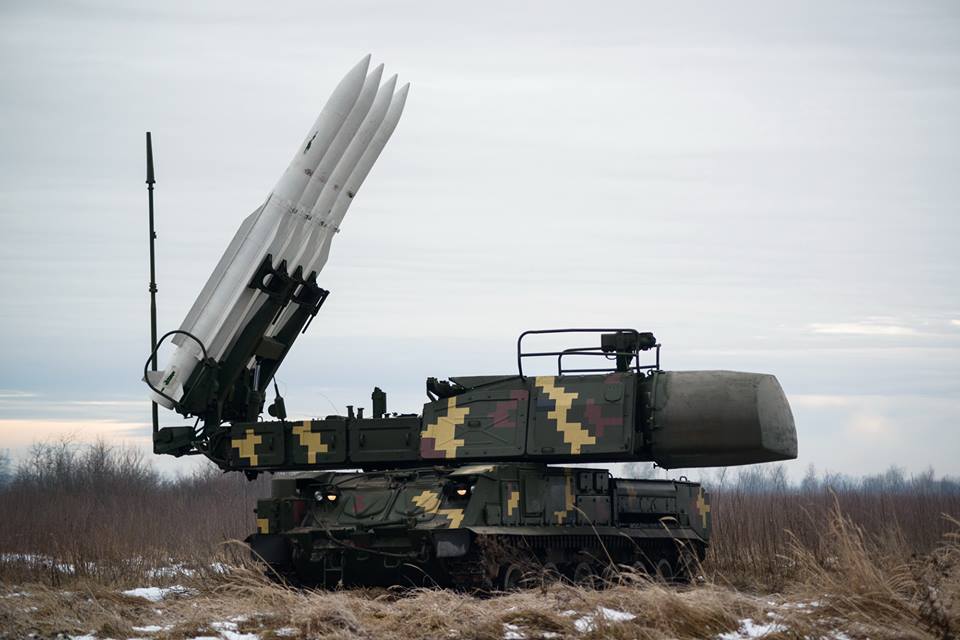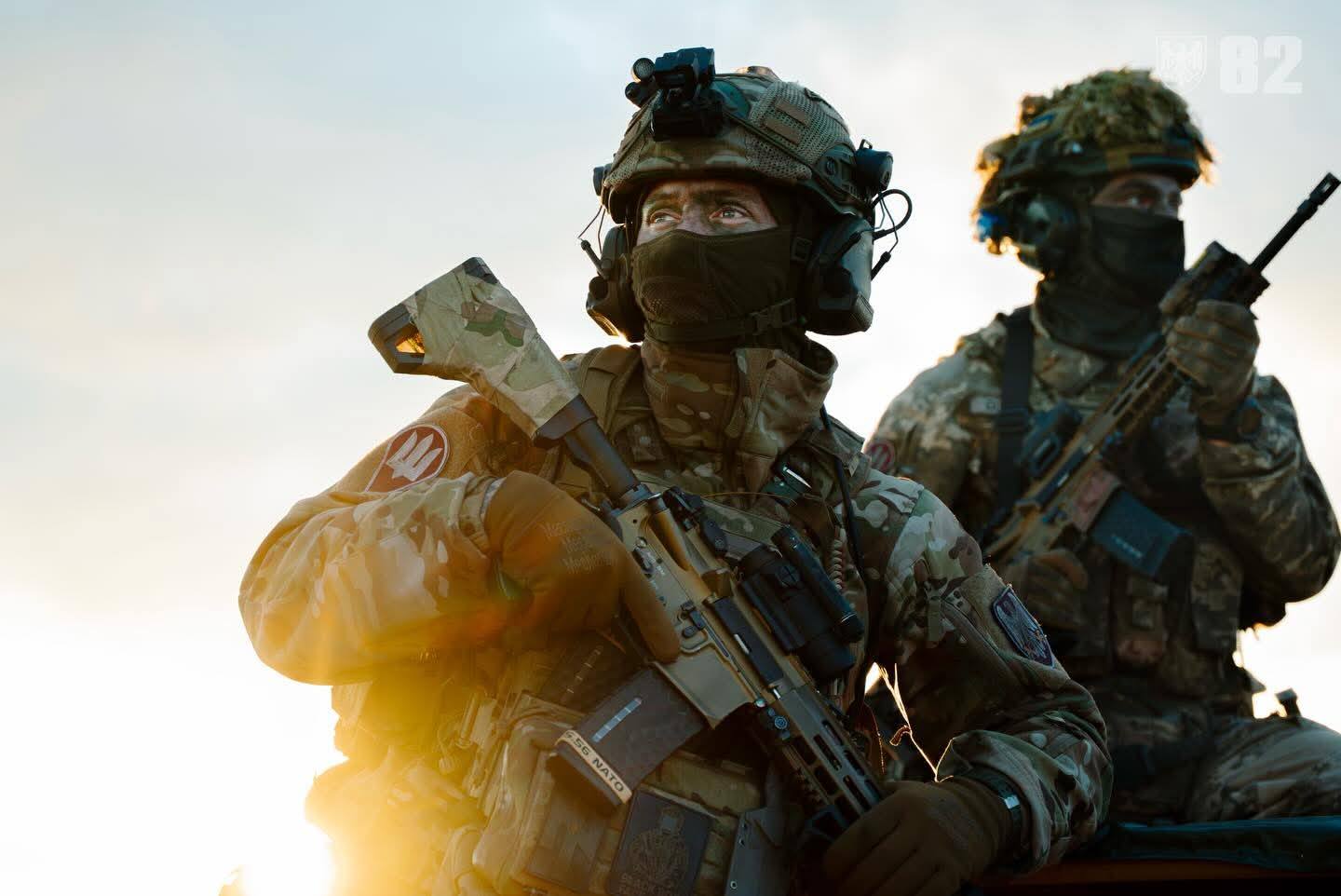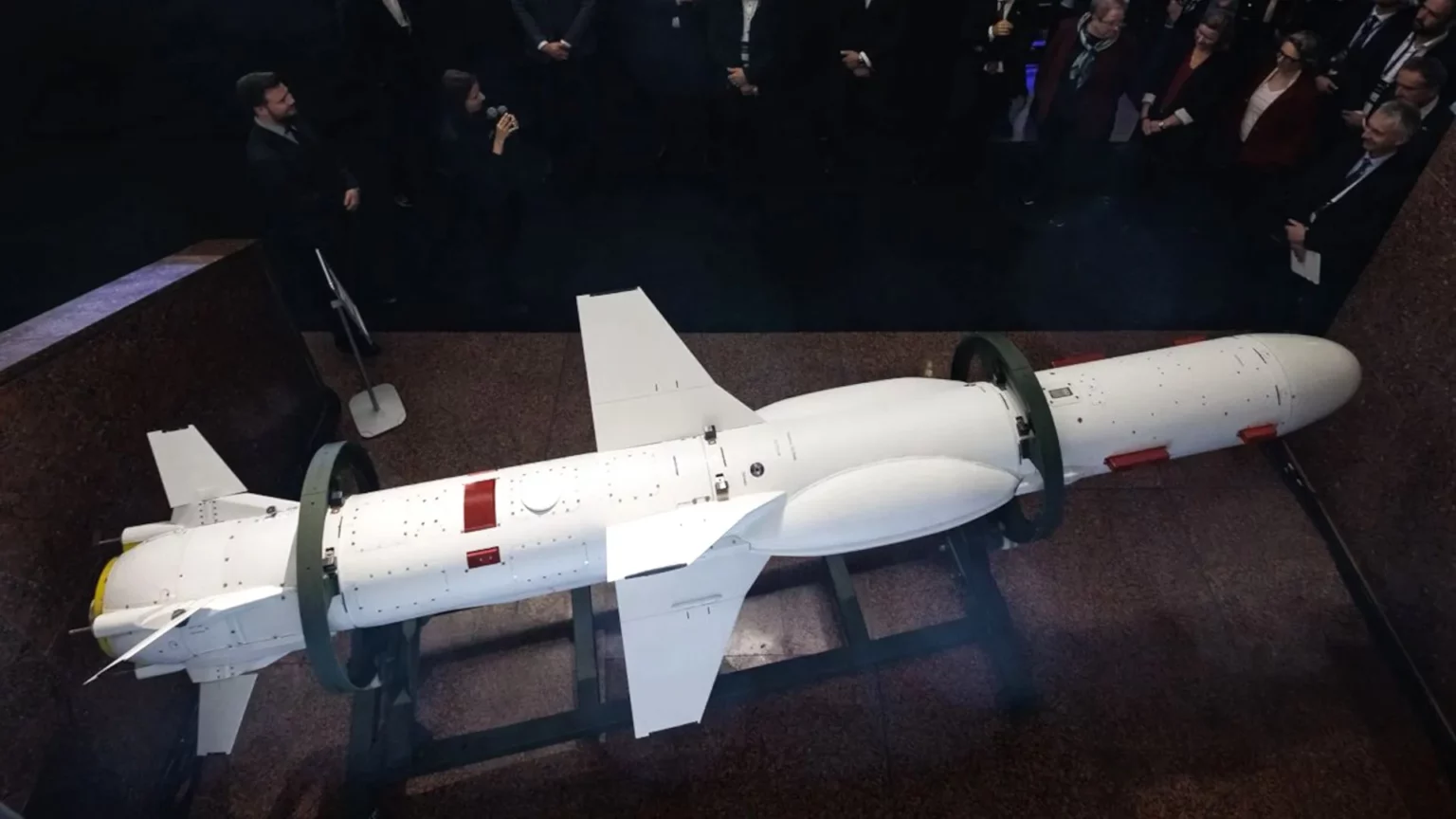
The State of Ukrainian Air Defense (Part One)
The State of Ukrainian Air Defense (Part One)
Executive Summary:
- Over the past two years, Ukraine has weathered Russian strikes on critical targets, and the intensity of Russian missile and air strikes could soon lead to the exhaustion of Ukraine’s missile stocks.
- As Ukraine’s stocks have dwindled, the effectiveness of air defense has dropped due to Russia’s freedom to carry out air strikes.
- The situation has changed dramatically as the fighting has intensified and Ukraine is receiving a great deal of Western aid, upon which the backbone of the army’s air defense capabilities have been formed.
Throughout May and June, Russian forces have carried out a concerted strategy to knock out Ukraine’s civilian infrastructure. Multiple strikes damaged critical infrastructure in the regions of Poltava, Kirovohrad, Zaporizhzhia, Lviv, Ivano-Frankivsk, and Vinnytsia, taking advantage of gaps in Ukraine’s air defense (see EDM, May 14). This campaign built on previous successful strikes. For example, on April 11, Russian forces destroyed Ukraine’s Trypilska Thermal Power Plant with a missile strike (Kyiv Independent, April 11). Other power plants were also significantly damaged, essentially compromising power generation in Ukraine over the long term. The success of the Russian strikes was made possible by the severe depletion of Ukraine’s air defense systems and munitions. After almost two and half years of fighting, Ukrainian stocks have been targeted by Russian strategic aviation and further depleted in thwarting the frequent shelling of Ukrainian cities. For this reason, Ukrainian President Volodymyr Zelenskyy recently said, “Air defense is the answer. … We need at least seven additional Patriot systems to cover the major settlements soon” (Ukrainska Pravda, June 11).
Over the past decade, Ukrainian officials have called attention to improving the state of the country’s air defenses. For example, on the stockpile of anti-aircraft missiles, in May 2014, a joint study was conducted by two Ukrainian structures, the information and consulting company Defense Express and the Center for Army, Conversion and Disarmament Studies, titled “On the Decline (Partial Loss) of Ukraine’s Defense Potential (2004–2014)” (Defence-ua.com, accessed June 18). Among other things, it stated that Ukraine had more than 5,000 anti-aircraft guided missiles for various air defense systems. Specifically, the country possessed more than 1,000 5V28 anti-aircraft guided missiles for the S-200V system, almost 3,000 5V55 missiles for the S-300P anti-aircraft systems, 800 9M83 missiles for the S-300V, and over 1,300 9M38 and 9M38M1 surface-to-air missiles (SAM) for the Buk-M1 radar-guided SAM system. The service lives of the S-300V1 and S-200 systems were never extended, however, meaning that these missiles cannot be used in active combat. The S-300V1 and S-200 systems were also decommissioned around the same time as the report. The low intensity of Ukrainian air defense exercises between 2014 and 2022 likely means that the number of anti-aircraft missiles at the start of Russia’s full-scale invasion had not changed much.
Since February 2022, Western assistance has helped strengthen portions of Ukraine’s air defense capabilities. According to the Stockholm International Peace Research Institute’s (SIPRI) Arms Transfers Database, during Russia’s full-scale invasion, Ukraine has received the following munitions from its partners (SIPRI, accessed June 18):
- 150 3MD missiles for the Kub SAM system (supplied in addition to the systems themselves, transferred by Czechia and Slovakia);
- 45 5V55U missiles for S-300 missile systems;
- 100 ASTER-30 missiles for French-made surface-to-air medium-range/land-based system (SAMP/T);
- 365 PAC-2 anti-ballistic missiles for the Patriot MIM-104 air-defense system (includes missiles transferred by the United States, Germany, and the Netherlands);
- 125 MIM-23B missiles for the HAWK SAM system;
- 1,800 Starstreak missiles;
- 100 VT-1 missiles for the Crotale SAM system;
- 100 Igla man-portable air-defense system (MANPADS);
- 175 missiles for the Mistral SAM system;
- 1,000 Piorun MANPADS;
- 25 missiles for the RBS-70 MANPADS;
- 800 Stinger MANPADS; and
- 100 Aspide SAMs (can be launched from both anti-aircraft and Spada SAM systems provided by Spain and Italy).
Although this list is almost certainly not exhaustive due to SIPRI’s rough estimates and classification of information on the exact volume of arms supplies to Ukraine, these figures give us a rough starting point for assessing the air defense munitions at Kyiv’s disposal.
The historical probabilities of hitting targets with SAMs, which are far from 100 percent, dictate that ensuring an acceptable percentage of targets are hit requires significant amounts of ammunition. In this, the Ukrainian Armed Forces have faced another serious problem: most Soviet-made SAMs still in service have more than doubled their shelf life (Lb.ua, September 28, 2010; TASS, August 27, 2018). Even the newest missiles in Ukraine’s arsenals are at least several years older than their original shelf life. All this increases the likelihood of launch failures and worsens missile performance, requiring an even higher quantity of missiles per target.
From this, it is clear that the current supply of anti-aircraft missiles to Ukraine cannot cover the current requirements for a full air defense “umbrella” over the country. Even if Ukrainian forces could hit targets with 100-percent accuracy, the sheer intensity of Russian missile and air strikes could soon lead to the exhaustion of Ukraine’s missile stocks. At the current rate of Russian strikes, about 100 sorties per day, the exhaustion of Kyiv’s anti-aircraft missile stocks does not seem unlikely. The current rate does not account for the probability that Russian Aerospace Forces will likely increase their strike rates in a systematic effort to suppress Ukraine’s air defense capabilities in the future (Author’s interviews, May 6)
The decommissioning of Soviet-era systems and munitions has hurt Ukraine’s air defense. In general, by 2014, the following weapon systems were decommissioned, though not entirely disposed: Krug, Kub, Tor, S-300V, and Buk-M1 (Viche.ck.ua, February 14). Over time, the S-300V did return to active service as part of Ukraine’s Air Force (UNIAN, February 26). The Tor missile systems were returned to the army but in very small numbers. As a result, before Russia’s full-scale invasion, the Osa, Strela-10, Tor, Tunguska, and Shilka systems were in service (Rossiyskaya Gazeta, August 28, 2018). The Tunguska and Shilka systems, however, have experienced regular launch problems due to faulty maintenance.
At the beginning of the full-scale invasion, air defense assets were used in four divisions of the army (one for each operational command) and anti-aircraft missile regiments of individual army brigades (except artillery and special forces brigades). The air defense regiments were mostly equipped with Osa SAMs, while the air defense capabilities of mechanized brigades were made up of MANPADS and Strela-10 SAMs (Suspilne.media, February 5). In some cases, Buk-M1 systems were also used.
The situation has changed dramatically as the fighting has intensified. Ukraine has received a great deal of Western aid, upon which the backbone of the army’s air defense capabilities have been formed—relying on Osa, Strela-10, Crotale, Stormer HVM, and AN/TWQ-1 Avenger systems. For example, according to some media sources, the “Strela-10 has become the workhorse of the army’s air defense” capabilities (Suspilne.media, February 5). An important factor in the “survivability” of the army’s air defense systems has been the possibility of repurposing some assets abroad. For example, some Strela-10 systems and accompanying missiles have been relocated from Sudan and Jordan to the frontlines.
Even before the full-scale invasion, Ukraine’s air defense was in a precarious position. Since the start of active hostilities, the situation has become more critical, with the Ukrainian side hastily forming new anti-aircraft and general military units, creating more mobile groups, and integrating incomplete Western assistance. As Ukraine’s stocks have dwindled, it has led to a critical drop in the effectiveness of air defense and given Russia a wide window to carry out air strikes on Ukraine’s military and civilian targets at Moscow’s whim.


